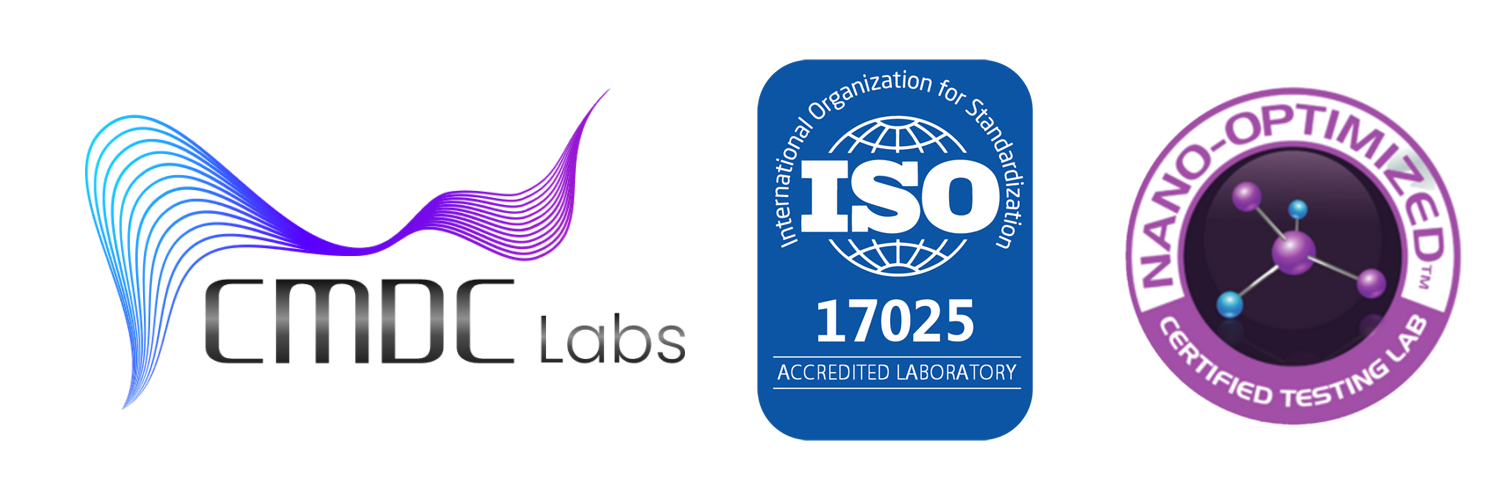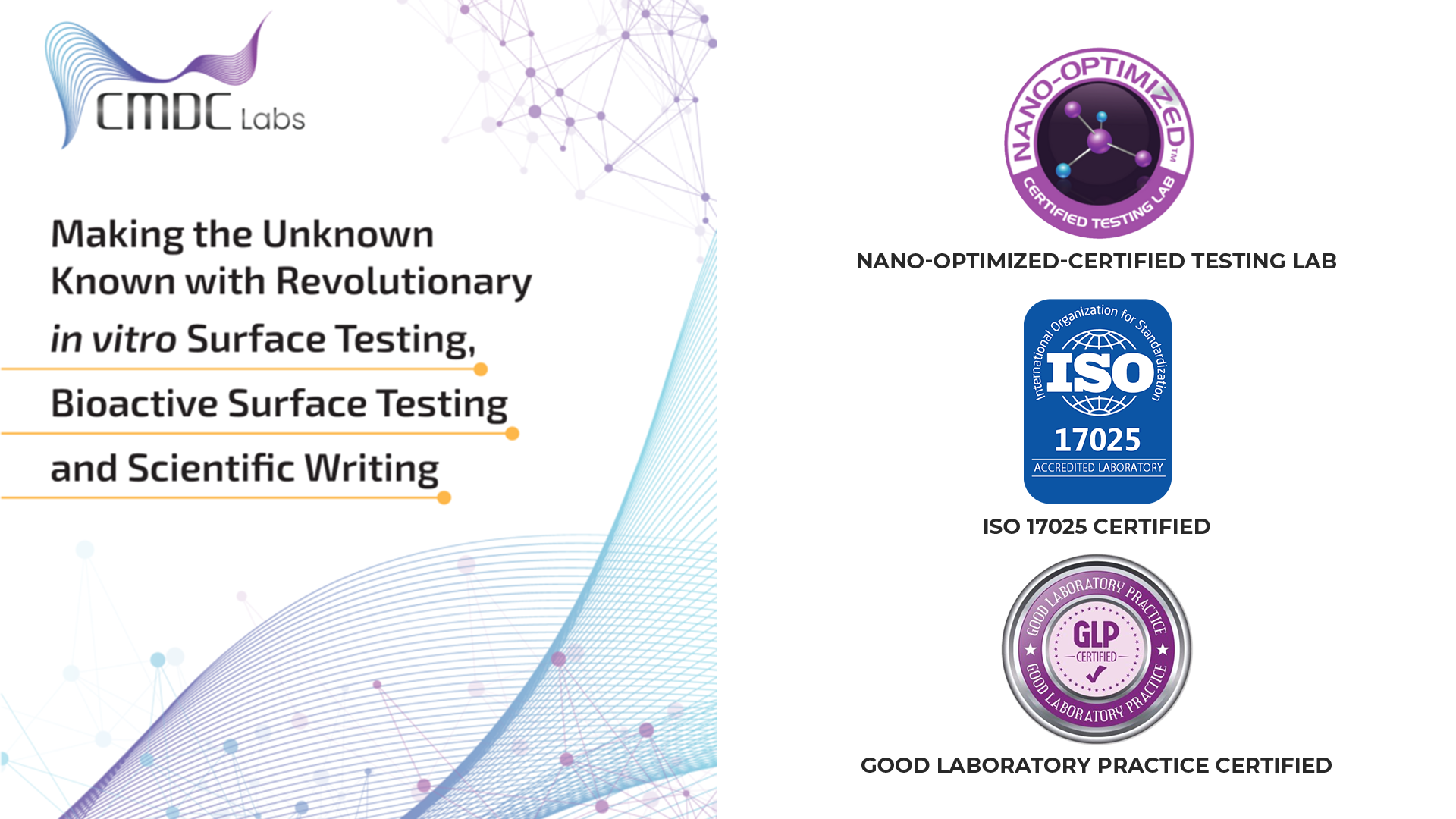Food safety has become the leading concern of not only the public health industry stakeholders but also the consumers. Food contamination can cause numerous illnesses or diseases and some of them might even be fatal. This is why there is a need for stringent detection and pathogen prevention procedures.
With the development in technology, pathogen detection has bettered significantly.
An Insight into Pathogen Detection
Pathogen detection literally means identifying detrimental pathogens in the form of bacteria, viruses and parasites inhabiting the food items. The traditional and classical methods such as culturing can take a lot of time and their sensitivity remains debatable as they cannot detect very low level of pathogens.
The advanced and innovative technologies have proved to be not only rapid but highly sensitive. They accurately detect the microorganisms and make the food items safe for consumption.
Significance of Pathogen Detection in Food Safety
Pathogen contamination can occur at any stage of the supply chain, ranging from production to processing and sometimes even during the consumption stage. This is why effective detection and monitoring is significant for the following reasons:
- Consumer Confidence
A frequent basis of testing and reporting pathogen identification transparently can guarantee consumer confidence. This would ultimately result in important for brand loyalty along with marketing success. Companies that give priority to pathogen detection ultimately demonstrate a commitment to quality. - Economic Influence
Pathogen detection ultimately reduces the risk of consumer recalls and a damage to brand reputation. This can have important financial implications for food businesses. The end result is a reduction in a decreased economic losses. - Public Health Protection
The most significant impact of stringent pathogen detection measures is public health protection and a reduction in the spread of foodborne illnesses. Protecting consumers from potential outbreaks should be among the top most concerns. Moreover, this also ensures early warning systems that tend to allow for urgent responses to contamination occurrences. - Innovative Food Safety Practices
Pathogen detection is a requirement that contributes to food safety technologies. Moreover, innovative safety methods make producers opt for proactive safety measures therefore, transitioning from reactive to preventive methods.
Traditional Methods of Pathogen Detection
Earlier, pathogen detection has long been dependent on culture-based methods. This process basically involved isolating and identifying organisms present with in the food samples.
Although these procedures were effective, the drawback was that they consumed a major portion of time and often took days to give results.
Some other traditional methods such as the polymerase chain reaction (PCR) and enzyme-linked immunosorbent assays (ELISA) proved to be much faster than culture based procedures. However, the specificity and sensitivity linked to these processes was also under debate. Moreover, these processes also required trained and specialised personnel for the purpose.
Advanced Detection Procedures
1- Molecular Processes
Real-Time PCR
This method has absolutely transitioned pathogen identification or detection by permitting quantitative analysis of DNA. This method provides a betterment in terms of specificity and sensitivity making it convenient to detect even lower levels of pathogens with in a period of hours.
In addition to this, the process also enables one to differentiate between living and dead cells providing additional safety.
2- Immunological Methods
Immunomagnetic Separation (IMS)
This procedure combines antibodies with magnetic beads so that selective pathogens can be isolated from food matrices. This therefore boosts food sensitivity and decreases background interference.
3- Biosensors
Biosensors are actually analytical devices that have the ability to transform a biological response into a signal. Numerous types of biosensors such as optical, electrochemical, and more are under development to identify certain pathogens in food items.
4- Nanotechnology
Nanotechnology has successfully provided unconventional approaches to pathogen detection by the use of nano materials and nano sensors. These methods ultimately increase specificity and sensitivity. This is because the nano materials have a very large surface area and therefore there remains a greater chance of interaction with the pathogens.
Role of CMDC Labs in Pathogen Detection
CMDC labs have been on the forefront of food safety testing. By being absolutely committed to innovation, CMDC labs have successfully integrated methods that are advanced.
1- State of Art Technology
CMDC labs boast the top-notch technology in the form of NGS and qPCR to increase pathogen detection. By using these techniques, CMDC labs not only provide quick but also efficient results. Clients are able to detect food safety issues promptly.
2- Comprehensive Testing Services
CMDC labs provide a long list of testing services such as allergen testing, chemical residue analysis and microbiological testing.
3- Research and Development
Continuously indulging in research helps CMDC labs stay updated and in touch with the risks in food safety.
Collaborating and working with industry partners along with academic institutes would ultimately facilitate the emergence of new assays as well as identification methods. This would ultimately CMDC remains ahead in pathogen detection

